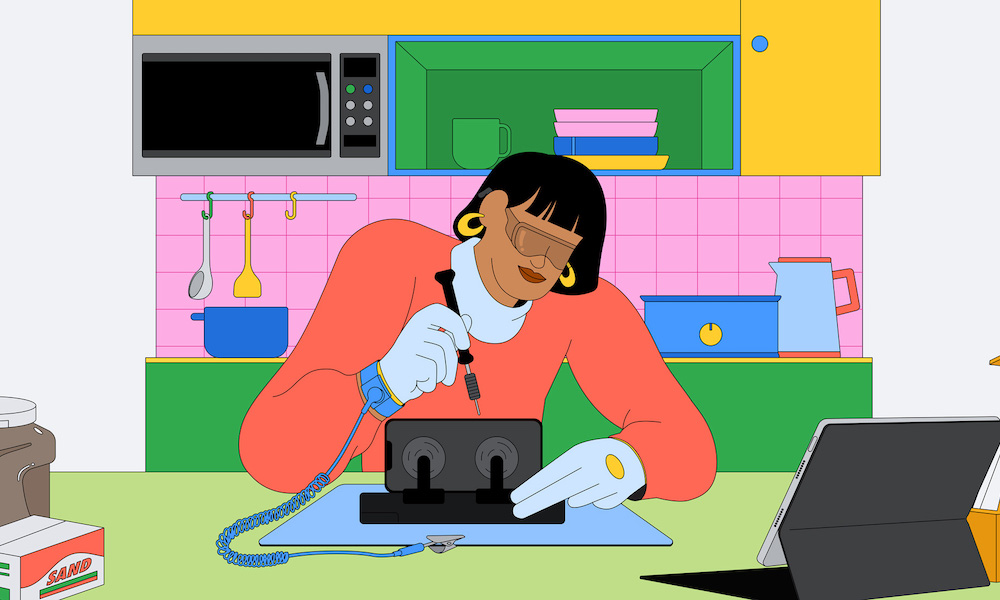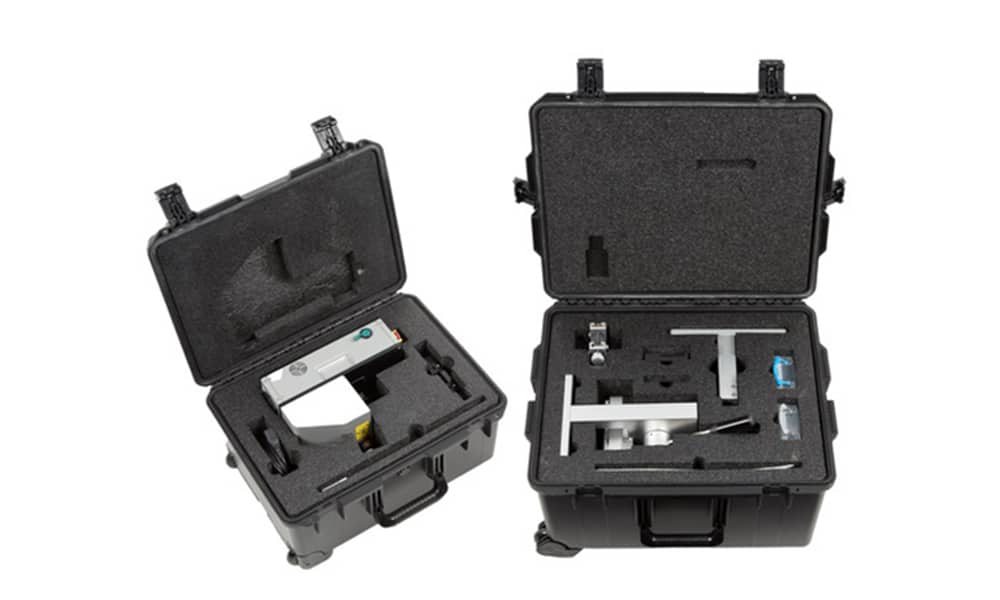You Can Now Fix Your Own iPhone 17 — But It’ll Cost You
 Rahul Mishra
Rahul Mishra
Toggle Dark Mode
Apple is getting much faster at adding new iPhone models to its self-service repair program, and this year it’s set a new record for the iPhone 17 lineup and the iPhone Air, opening up do-it-yourself repairs less than six weeks after the new models hit shelves.
Apple launched its Self Service Repair program in 2022, encompassing the iPhone 12 and iPhone 13 lineups that were current at the time. Yet even though the iPhone 14 arrived five months later, it didn’t join the DIY program until June 2023.
Things accelerated a bit for that year’s iPhone 15 models, with repair manuals and parts arriving in December 2023, and then Apple managed to shift things into mid-November for last year’s iPhone 16 lineup.
However, it was the iPhone 16e that raised the bar. Announced on February 19, it went up for preorder on February 21, landed in stores on February 28, and came to Apple’s Self Service Repair program on April 9, less than six weeks after its release.
Now, this September’s iPhone lineup is joining the DIY repair party on a similar schedule. As of today, you can now view service manuals and order parts for the iPhone 17, iPhone 17 Pro, iPhone 17 Pro Max, and even the ultra-thin iPhone Air. Just be warned that it’s still an expensive proposition, and most folks are probably still better off seeking out an Apple Store or Apple Authorized Service Provider.
The Real Cost of DIY iPhone Repairs
For years, Apple held its repair parts and manuals close to the vest. Only Apple Authorized Service Providers (AASPs) could order genuine Apple parts, and there was an extremely high bar to clear to achieve that level of certification. In 2019, Apple launched a new program to make it easier for smaller independent repair shops to access genuine parts, but the terms were still pretty onerous.
All the while, lobbyists were fighting for “right to repair” laws in various states — and Apple was fighting back. At some point, the company clearly decided this was a battle it wasn’t going to win, and bowed to the inevitable with its new Self Service Repair Program. However, nothing in any right-to-repair laws requires Apple to make the program affordable.
From the start, the parts available through Apple’s Self Service Repair Store haven’t been significantly cheaper than taking your iPhone to an Apple Store. To make things worse, anybody who isn’t an established iPhone repairer will need to rent the tools from Apple to conduct the repair properly — and each tool kit is specific to the device you’re repairing, so you can’t even save money by repairing a bunch of iPhones for your family and friends unless they all happen to use the same model. Despite the passage of time, that math still hasn’t changed.
For example, Apple charges $329 for a display for the iPhone 17, iPhone 17 Pro, and iPhone Air, or $379 for the iPhone 17 Pro Max — the same prices an Apple Store will charge you to replace the screen entirely. Apple will give you back $16.45 after you return the broken screen, bringing the actual price down to $312.55, but that hardly seems worth it — especially since you’ll need the proper tools for any of these repairs, and renting them from Apple will set you back another $49.
The other repairs aren’t much better. Do you want to replace the battery in your iPhone Air yourself? That part costs $119, plus the rental of the tools. The cost at the Apple Store? $119, including labor. In nearly every case, the cost of ordering the parts from Apple is the same as what Apple charges to repair it for you, although some of the return credits are high enough that you might be able to afford the tool rental and still break even.
Even with all of Apple’s manuals and tools, the repair process is not for the faint of heart. It’s precision work, and if you break something during a DIY repair, that’s on you. The advantage of taking it to an Apple Store or AASP is simple: if something goes wrong, they own the mistake — not you.









